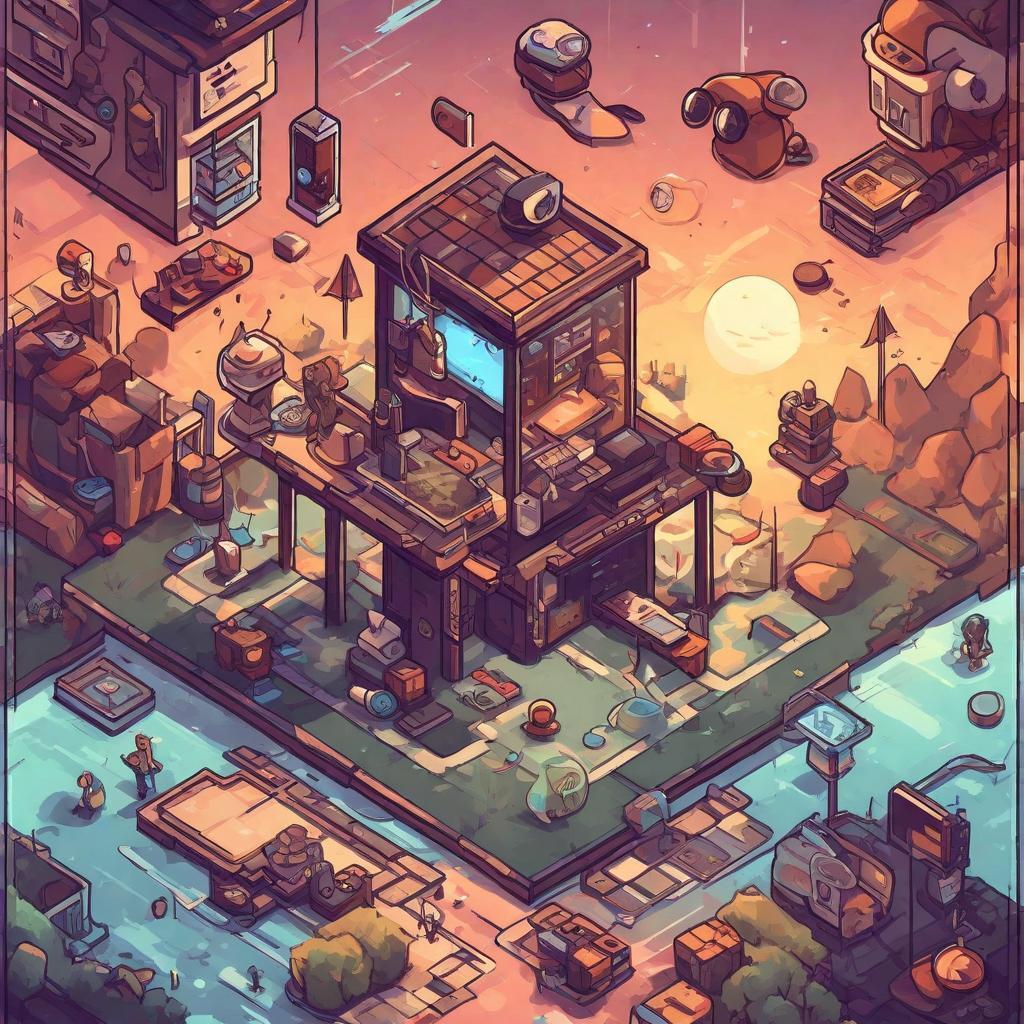
When it comes to creating a game, whether you’re an independent developer or part of a game development company, one of the primary goals is to design a game that’s not just entertaining, but also engaging. So, how do you go about designing a game that keeps players hooked and coming back for more? In this guide, we’ll walk you through the steps to design a fun and engaging game that captivates your audience.
Before you dive into the nitty-gritty of game design, it’s crucial to understand who your target audience is. Who are the people you want to attract to your game? What are their preferences, interests, and gaming habits? Conduct thorough market research to identify your audience’s demographics and psychographics, as this information will be the cornerstone of your game’s design.
Every successful game has a unique and captivating core gameplay mechanic. Whether it’s solving puzzles, strategic decision-making, or action-packed adventures, you need to define the core gameplay that will set your game apart. Make sure it’s both fun and easy to grasp, as it will be the heart of your game.
Even in the simplest of games, storytelling can be a powerful tool to engage players. Craft a compelling narrative that enhances the gaming experience. This doesn’t mean every game needs an epic plot, but even a casual mobile game can benefit from a simple and engaging story. The story provides a context for players, making their actions within the game more meaningful.
The visual aspect of your game is the first thing players notice. It’s essential to design eye-catching and appealing visuals that draw players in. High-quality graphics, character design, and overall aesthetics play a vital role in creating an engaging atmosphere. Ensure that the visuals are consistent with the theme and gameplay of the game.
Audio is often underestimated in game design. Well-composed music and sound effects can enhance the player’s experience and add depth to your game. Whether it’s an epic soundtrack for a role-playing game or simple, catchy tunes for a casual game, invest in audio that resonates with your audience.
The last thing you want is for players to be frustrated with complicated controls. Your game should have intuitive and user-friendly controls that are easy to pick up. Test your controls rigorously to ensure they work seamlessly, and players can focus on the gameplay rather than wrestling with the interface.
A fundamental aspect of designing an engaging game is striking the right balance between challenge and reward. A game that’s too easy can become boring quickly, while one that’s overly challenging might drive players away. Gradually increase the difficulty as players progress, and offer rewards and incentives to keep them motivated.
Integrating social features into your game can boost engagement significantly. Players enjoy competing and cooperating with friends and other players. Features like leaderboards, multiplayer modes, and in-game chat can foster a sense of community and keep players connected to the game.
To maintain player engagement over the long term, provide frequent updates and new content. This can include new levels, characters, items, or events. Players are more likely to keep playing if they know there’s always something new to discover in the game.
Playtesting is a crucial step in game design. It helps you identify any issues, bugs, or areas for improvement. Encourage beta testers and gather feedback from them. Addressing their concerns and suggestions will result in a more polished and engaging game.
If your game includes in-app purchases or ads, it’s essential to implement a monetization strategy that doesn’t disrupt the gameplay experience. Intrusive ads and paywalls can deter players. Instead, make in-app purchases optional and provide value to those who choose to make them.
Design your game with accessibility in mind. Ensure that it’s playable by a wide range of users, including those with disabilities. This not only broadens your potential player base but also demonstrates your commitment to inclusivity.
No one enjoys a laggy or slow game. Optimize your game’s performance to run smoothly on a variety of devices. A fast and responsive game enhances the overall experience and keeps players engaged.
In today’s gaming landscape, players use a variety of devices, including smartphones, tablets, PCs, and gaming consoles. Ensure your game is compatible and well-optimized for the platforms you’re targeting. A seamless cross-platform experience can attract a broader audience.
Creating an engaging game is just the beginning. To reach a wide audience, you need an effective marketing and promotion strategy. Utilize social media, content marketing, and partnerships with influencers and reviewers to generate buzz around your game.
Build a strong community around your game. Encourage players to share their experiences and feedback on social media and forums. Engage with your audience, listen to their suggestions, and show that you value their input.
Designing a fun and engaging game is a multifaceted process that requires careful consideration of various elements, from gameplay mechanics to storytelling and user-friendly controls. By focusing on your target audience, creating an immersive gaming experience, and continually improving your game, you can keep players coming back for more. Remember that the key to success lies in crafting a game that not only entertains but also captivates the hearts and minds of players.
Incorporate these elements into your game design, and you’ll be well on your way to creating a memorable gaming experience that will stand out in the crowded world of gaming.
If you’re overwhelmed by the complexities of game design, consider outsourcing the task to a professional game development company. These companies have the expertise, resources, and experience to design and develop engaging games that resonate with your target audience.